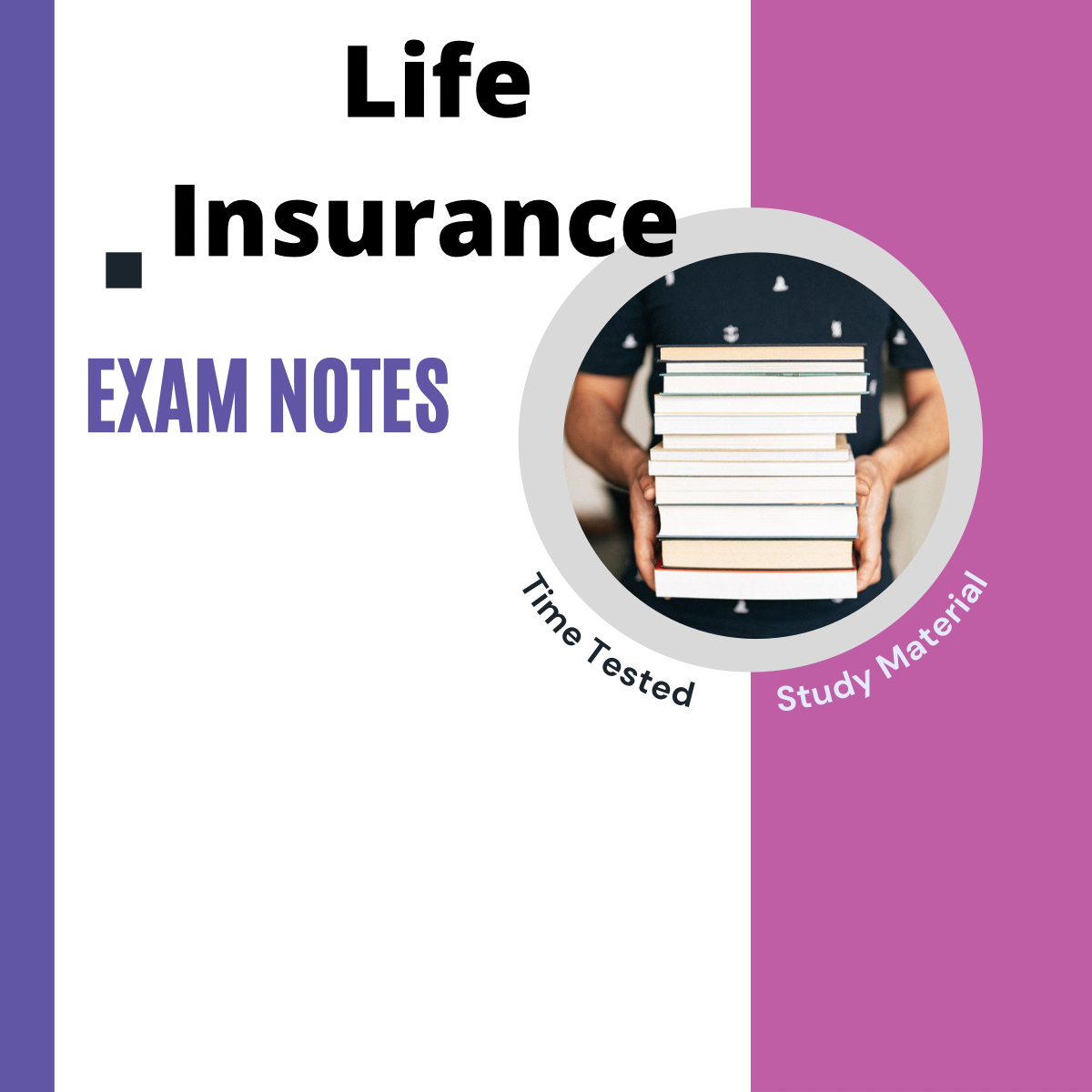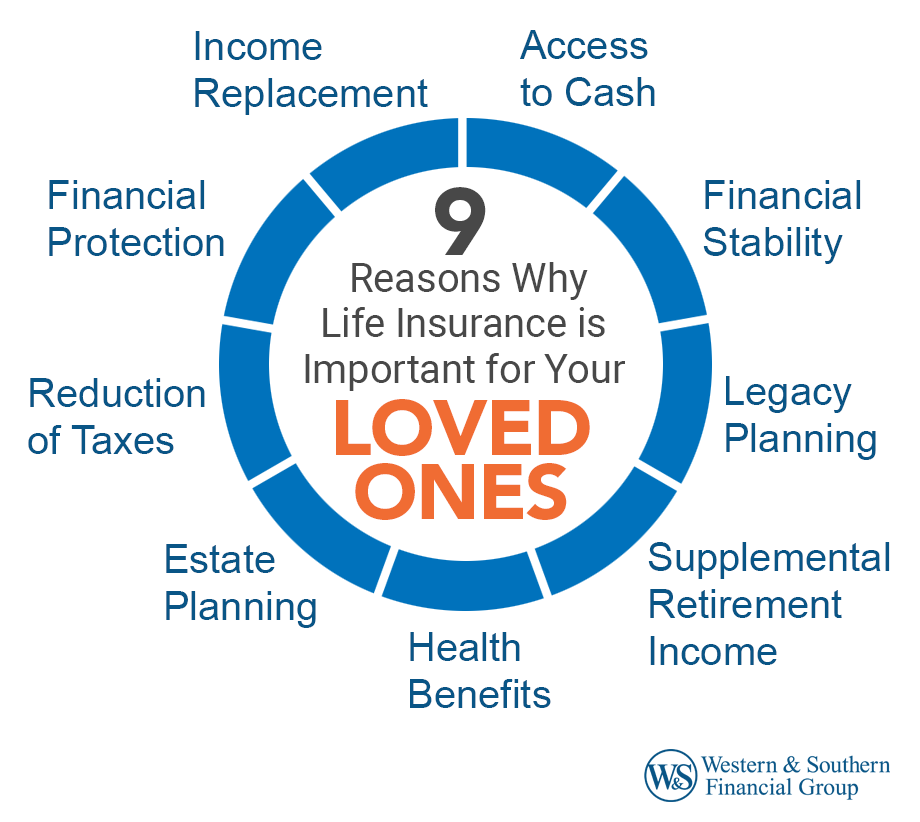Pacific Prime Can Be Fun For Anyone
Table of Contents6 Simple Techniques For Pacific PrimePacific Prime - The FactsThe Best Guide To Pacific PrimeThe 6-Second Trick For Pacific Prime
In many states, the insurer is required to send you a duplicate of the changes to your plan. It is necessary that you check out Endorsements or Cyclists so you understand just how your plan has transformed and if the plan is still ample to fulfill your needs. To acquire a copy of your insurance plan, please contact your insurance coverage representative or firm.
The Institute of Medicine (IOM) Committee on the Effects of Uninsurance launches an extended exam of evidence that addresses the importance of medical insurance coverage with the magazine of this report. Coverage Issues is the initial in a collection of 6 reports that will certainly be released over the following two years documenting the truth and repercussions of having an approximated 40 million individuals in the United States without medical insurance protection.

The Greatest Guide To Pacific Prime
The goal of this collection of studies is to refocus policy attention on a historical problem. Complying with the lengthiest economic development in American history, in 1999, an estimated one out of every six Americans32 million grownups under the age of 65 and more than 10 million childrenremains uninsured (Mills, 2000).

Ten percent of the population accounts for 70 percent of wellness treatment expenditures, a relationship that has remained continuous over the previous three decades (Berk and Monheit, 2001) - maternity insurance for expats. Hence wellness insurance coverage remains to offer the feature of spreading out risk even as it significantly finances routine care. From the perspective of healthcare carriers, insurance policy carried by their patients aids secure a revenue stream, and neighborhoods take advantage of economically sensible and secure healthcare specialists and establishments
Federal government provides medical insurance to populaces whom the personal market might not offer properly, such as impaired and senior citizens, and populations whose access to healthcare is socially valued, such as kids and expecting females. The utmost ends of medical insurance protection for the individual and areas, consisting of work environment neighborhoods of staff members and companies, are enhanced wellness end results and lifestyle.
All about Pacific Prime
Employees rate medical insurance first without a doubt in importance amongst all the benefits used in the workplace (Salisbury, 2001). Although there have been substantial investments of individual and public funds to supply medical insurance, several individuals still have no protection. In spite of extensive coverage of study findings and healthcare research results, the basic public continues to be confused and mistaken regarding Americans without health insurance policy and the implications of doing not have protection.

Without doubt, the intricacy of American healthcare funding mechanisms and the wealth of resources of information add to the public's complication and uncertainty about health and wellness insurance policy statistics and their analysis. This record and those that will certainly adhere to objective to boil down and offer in conveniently reasonable terms the extensive research that births on questions of wellness insurance protection and its value.
Fifty-seven percent of Americans polled in 1999 believed that those without medical insurance are "able to obtain the treatment they require from medical professionals and medical facilities" (Blendon et al., 1999, p. 207). In 1993, when national focus was concentrated on the troubles of the without insurance and on pending health care regulations, just 43 percent of those surveyed held this idea (Blendon et al., 1999).

They also receive less preventive solutions and are much less likely to have routine take care of chronic problems such as high blood pressure and diabetes mellitus. Persistent illness can lead to costly and disabling problems if they are not well managed (Lurie et al., 1984; Lurie et al., 1986; Ayanian et al., 2000). One nationwide survey asked greater than 3,400 adults concerning 15 extremely major or dark problems.
The 2-Minute Rule for Pacific Prime
Added evidence exists later on in this chapter in the discussion of insurance coverage and access to healthcare. https://ameblo.jp/pacificpr1me/entry-12846866195.html. Individuals without wellness insurance coverage are young and healthy and pick to do without coverage. Virtually half (43 percent) of those checked in 2000 believed that individuals without health insurance are most likely to have illness than people with insurance
Citizens and plan makers in focus team discussions define those without insurance policy as youths who have the possibility to be covered and feel they do not need it (Doorperson Novelli, 2001). Contrasted to those with a minimum of some private coverage, the without insurance are less most likely to report remaining in outstanding or excellent health (Company for Healthcare Study and High Quality, 2001).
RESOURCE: Facility for Price and Funding Studies, Company for Medical Care Study and High quality, based upon MEPS data. Young person between 19 and 34 are much more likely to do not have health insurance than any type of various other age group. This is primarily since they are less often eligible for employment-based insurance coverage because of the nature of their job or their short period in it.
The assumption that people without insurance policy have better-than-average health and wellness complies with from puzzling the fairly young age reference account of the without insurance with the far better health, generally, of younger persons. This obscures the link in between health condition and medical insurance. For those without accessibility to office wellness insurance policy, inadequate wellness is a possible obstacle to purchasing nongroup coverage since such protection may be highly priced, omit preexisting conditions, or be just not available.